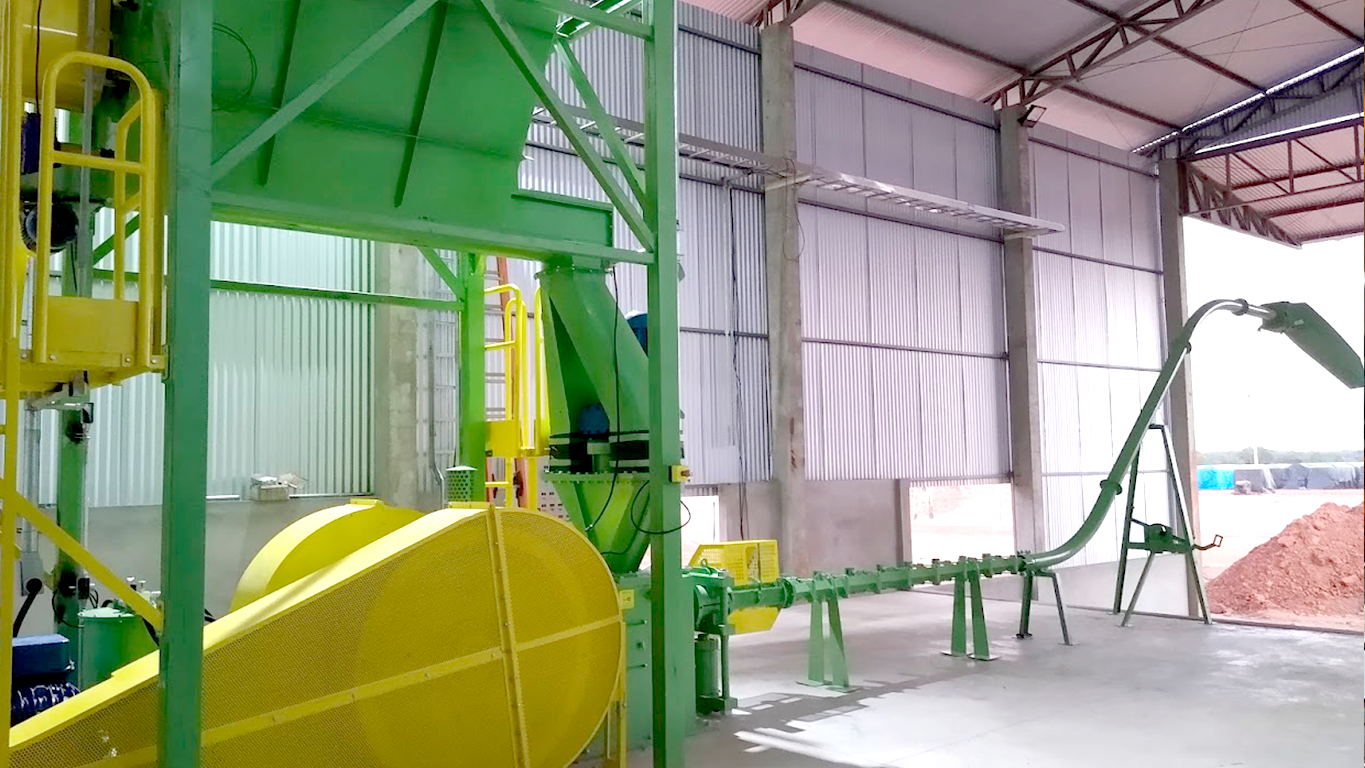Is it feasible to reuse cotton harvest waste?

News28 de July de 2025
The harvest of cotton, as well as many other types of crops, generates a large volume of plant residues. However, especially in more recent times, it has become necessary to properly dispose of these residues.
However, proper disposal is a process that involves time and money, so simply discarding the residues ends up being a waste of raw material that could be reused. But how could these residues be reused in a profitable way?
Both cotton husks and cotton seeds can undergo a treatment to become a powerful solid fuel.
The process for this is briquetting. The briquetting process compresses the residues and releases the natural lignin from the plant fibers, transforming the raw material into a compact briquette, with a high calorific value and clean burning. In fact, the briquettes can be used to easily replace various types of furnaces and heat generators fueled by fossil fuel or gas, with biofuel.
This application can be used both for personal use, when the farmer also operates in areas where fuel is needed in furnaces and boilers, as well as for generating income by supplying this fuel to various companies.
This reuse makes the need for proper disposal of cotton residues profitable.
Lippel offers a range of briquetting equipment, from small to large scale, with productions of up to 2,200 kg/h per unit, to meet the need for reusing various types of plant residues such as wood biomass, cotton, rice, açaí seeds, and many others.


